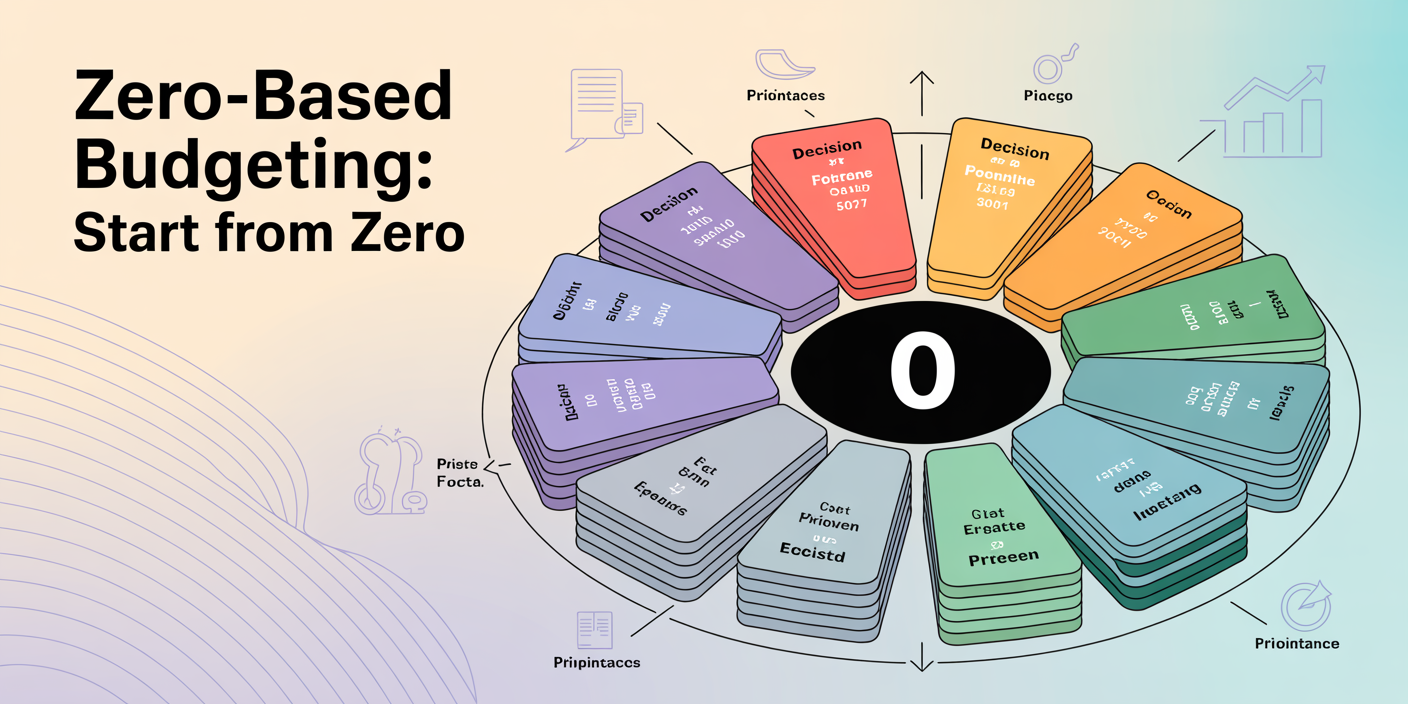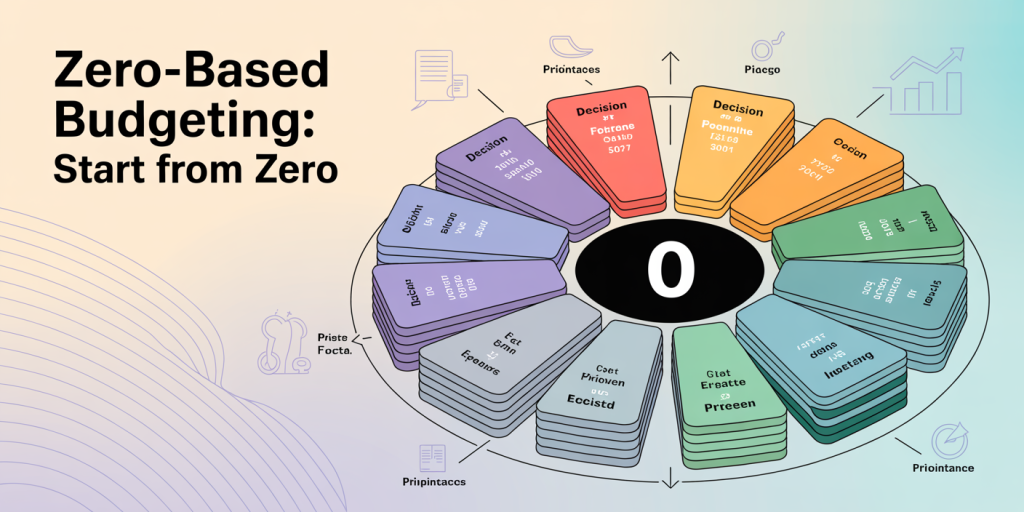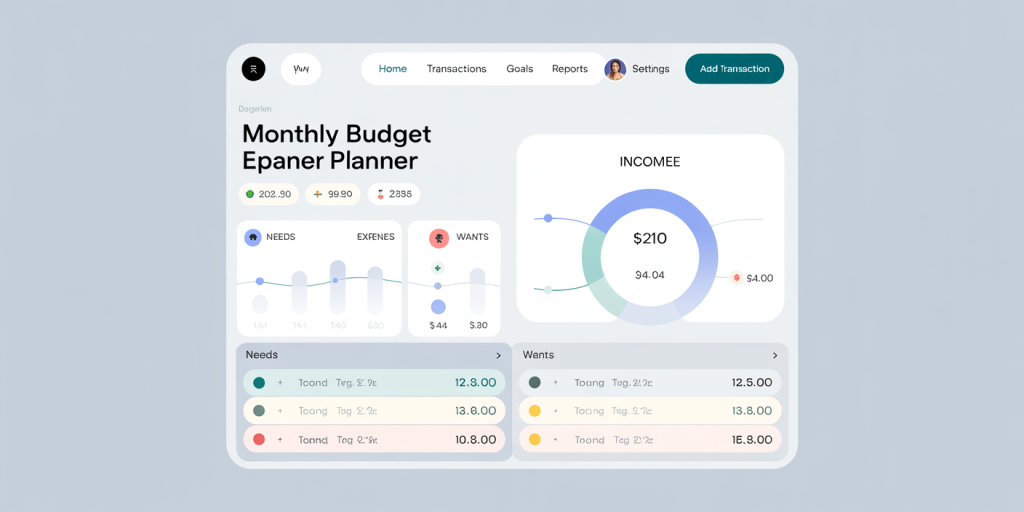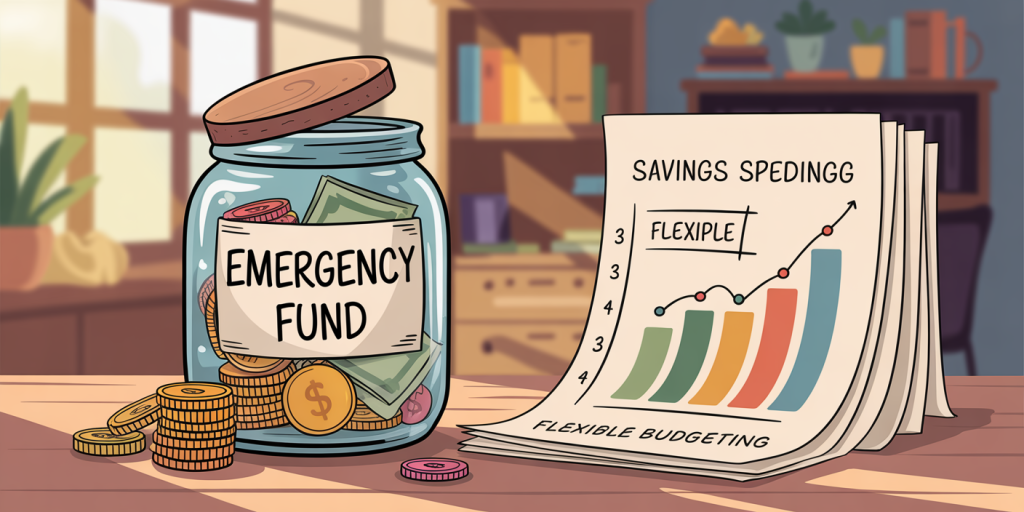Financial security is a cornerstone of personal well-being, yet many individuals often confuse two critical components of their finances: emergency funds and savings. While both play vital roles in financial planning, understanding their distinct purposes and strategic uses can empower better money management and long-term stability. This article explores the differences between emergency funds and savings, offering clarity through detailed explanations, practical examples, and comparative insights.
Defining Emergency Fund and Savings: Clear Distinctions
An emergency fund is a dedicated reserve of money set aside specifically for unexpected expenses or financial emergencies. These can include sudden medical bills, urgent home repairs, job loss, or other unforeseen circumstances that require immediate financial attention. The core idea behind an emergency fund is quick accessibility combined with preservation of capital.
On the other hand, savings refers to money accumulated over time for planned or discretionary purposes, such as buying a house, taking a vacation, or funding education. Unlike emergency funds, savings are not strictly earmarked for unplanned events; instead, they reflect a broader financial goal.
For instance, consider Sarah, a graphic designer, who sets aside $10,000 in a high-yield savings account as her emergency fund. This amount equates to approximately three months of her essential living expenses. Separately, Sarah allocates $5,000 into a savings account aimed at her upcoming trip to Europe. The emergency fund is untouched unless an urgent need arises, whereas the travel savings is intentionally spent when ready.
Purpose and Usage: When to Tap Into Each
The primary purpose of an emergency fund is to act as a financial safety net. According to a 2023 Bankrate survey, nearly 28% of Americans have no emergency savings at all, demonstrating the vulnerability of many households during financial shocks. Experts commonly recommend maintaining three to six months’ worth of essential expenses in an emergency fund. This ensures a buffer against income disruption or unexpected costs.
Emergency funds should only be accessed for genuine crises: job loss, sudden illness, or urgent home repairs such as a broken furnace in winter. Using the emergency fund for non-essential spending can jeopardize financial health. For example, a sudden car repair costing $1,200 could be funded by the emergency reserve without impacting monthly budgets or increasing debt.
Savings, in contrast, serve a more flexible and forward-looking purpose. They support life goals and planned purchases, such as buying a vehicle, a down payment on a house, or funding education. Sarah from the previous example is using her savings to accumulate funds for a yearly family vacation. This money is planned, and the time frame for its use can be months or years away.
Essentially, while an emergency fund prioritizes preservation and liquidity, savings prioritize growth and allocation toward specific goals.
Accessibility and Financial Instruments
Accessibility and the type of financial instrument used also differentiate emergency funds from savings. Emergency funds generally reside in highly liquid accounts to allow immediate access without penalty. Common vehicles for emergency funds include high-yield savings accounts, money market accounts, or short-term certificates of deposit (CDs) that mature quickly.
For example, consider James, who manages a $15,000 emergency fund in a high-yield savings account with an annual percentage yield (APY) of 4.5%. He can transfer funds instantly if the need arises, ensuring liquidity while benefiting from some interest.
In contrast, savings accounts used for long-term goals may be less liquid but offer higher returns. Tools such as investment accounts, CDs with longer maturities, or bonds are viable options. While these investments might have penalties for early withdrawal, their growth potential aligns with longer timelines.
| Feature | Emergency Fund | Savings |
|---|---|---|
| Purpose | Unplanned expenses | Planned goals |
| Recommended Duration | 3-6 months of essential expenses | Varies depending on goal |
| Liquidity | Highly liquid (instant access) | Can be less liquid |
| Common Instruments | High-yield savings, money markets | Investment accounts, CDs, bonds |
| Usage Frequency | Rare, emergency-only | Regular withdrawals based on goals |
This table highlights how financial tools align with the goals of each fund type.

Behavioral and Psychological Impact
Beyond technical distinctions, emergency funds and savings have different psychological impacts on individuals. Emergency funds provide peace of mind and reduce financial anxiety. A 2022 study by the National Endowment for Financial Education showed that people with adequate emergency funds reported 25% lower stress levels related to money. Knowing that unexpected events can be managed without accruing debt or liquidating investments supports mental well-being and stability.
Conversely, savings encourage goal-setting behavior and motivate disciplined financial habits. Saving for a home, education, or retirement can instill a sense of purpose and achievement. This positive behavior is crucial for long-term financial wellness.
Real-world testimonials underscore this contrast. For example, Maria, a single mother, stated that quickly rebuilding her emergency fund after an unforeseen medical expense helped her regain confidence in her finances. Meanwhile, David, a recent college graduate, described how setting up a dedicated savings plan motivated him to reduce discretionary spending and focus on career advancement.
Understanding and leveraging these behavioral effects can enhance financial strategies for individuals and families.
Practical Case Study: Balancing Both Strategies
To illustrate the complementary nature of emergency funds and savings, consider the case of Emily and Tom, a couple in their 30s. They earn a combined income of $100,000 annually and have monthly expenses of $4,500.
Step 1: Establishing the Emergency Fund Their first financial priority was to create an emergency fund covering six months of expenses (6 × $4,500 = $27,000). Emily and Tom diligently set aside $2,250 per month into a separate high-yield savings account, reaching their emergency fund goal in one year.
Step 2: Building Savings Goals Once the emergency fund was secured, the couple shifted focus to their savings goals: purchasing a home and funding their child’s college education. For the home, they aimed for a $50,000 down payment over five years, saving approximately $833 monthly into a moderate-risk investment account. For education, they contribute $300 monthly to a 529 education savings plan.

By segregating funds based on purpose and risk tolerance, Emily and Tom maintain financial resilience and progress toward life goals without jeopardizing short-term security.
Future Perspectives: Trends and Financial Planning Innovations
Looking ahead, the distinctions between emergency funds and savings are likely to evolve amid technological innovations and economic shifts. Increasing adoption of automated financial tools and apps enables more personalized savings strategies that seamlessly integrate liquidity and growth.
For instance, fintech platforms now offer “smart savings” accounts that automatically allocate money between emergency funds and designated savings goals based on user behavior and predictive analytics. These tools can optimize interest rates and liquidity simultaneously, enhancing user convenience.

Moreover, fluctuating economic conditions, including inflation and job market uncertainty, emphasize the importance of robust emergency funds. The U.S. Federal Reserve’s 2024 report highlights that inflation remains a key concern, with projected annual increases averaging 3.1%—eroding purchasing power for both emergency funds and savings alike. Consequently, adjusting emergency fund targets to reflect rising living costs becomes essential.
Financial advisors increasingly recommend revisiting emergency fund levels regularly, factoring in changes in income, lifestyle, and market conditions. Diversification into inflation-protected instruments such as Treasury Inflation-Protected Securities (TIPS) may become more common for certain savings goals.
In summary, while emergency funds and savings maintain distinct roles, their management becomes more dynamic and technologically integrated. Future financial planning will likely blend automated decision-making with personalized human guidance, supporting both immediate stability and long-term prosperity.
Understanding the nuanced differences between emergency funds and savings equips individuals to build resilient and goal-oriented personal finances. Adopting clear strategies based on these differences facilitates better preparedness for uncertainties while enabling the pursuit of life ambitions with confidence.















